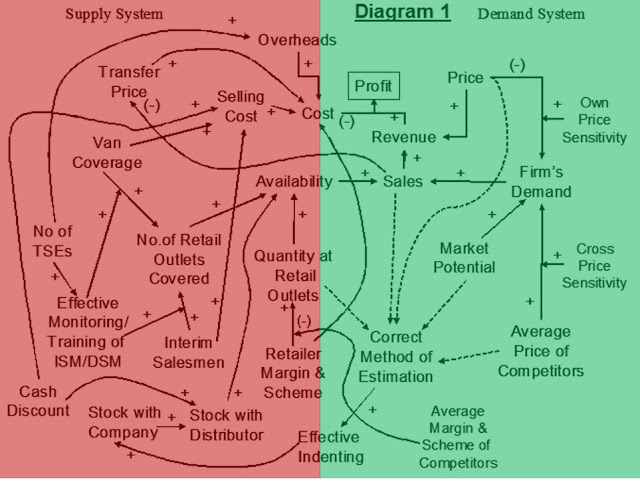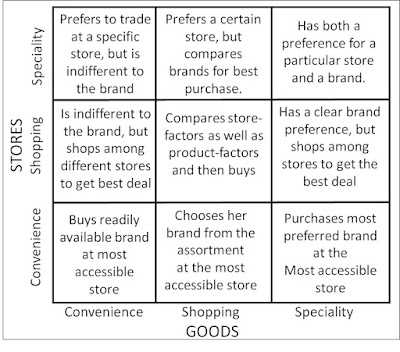Rambo: The Salesperson in the Field

In every organisation, the inefficiencies and the incompetence and indiscretions at the top affect the man at the field the most. The Lords and the Commons Typically, in most organisations, sales-cum-distribution is divested from marketing-cum-branding. In some organisations, those in the former category, tongue-in-cheek, are called the Commons and those in the latter, mostly located at the corporate headquarters, are called the Lords . It is not unusual that the Commons and the Lords do not see eye to eye. The Lords have the blessings of the King , the CEO, and hence enjoy greater power and say in what percolates down the organisational channel. Not atypically, career-growth for a person in the Corporate Office is faster than for his counterpart at the field. This dichotomy is safeguarded, strengthened and reinforced by those who are beneficiaries of this system, and the result is the simmering anger, sometimes sabotage and many times high attrition among those in the field. ...

